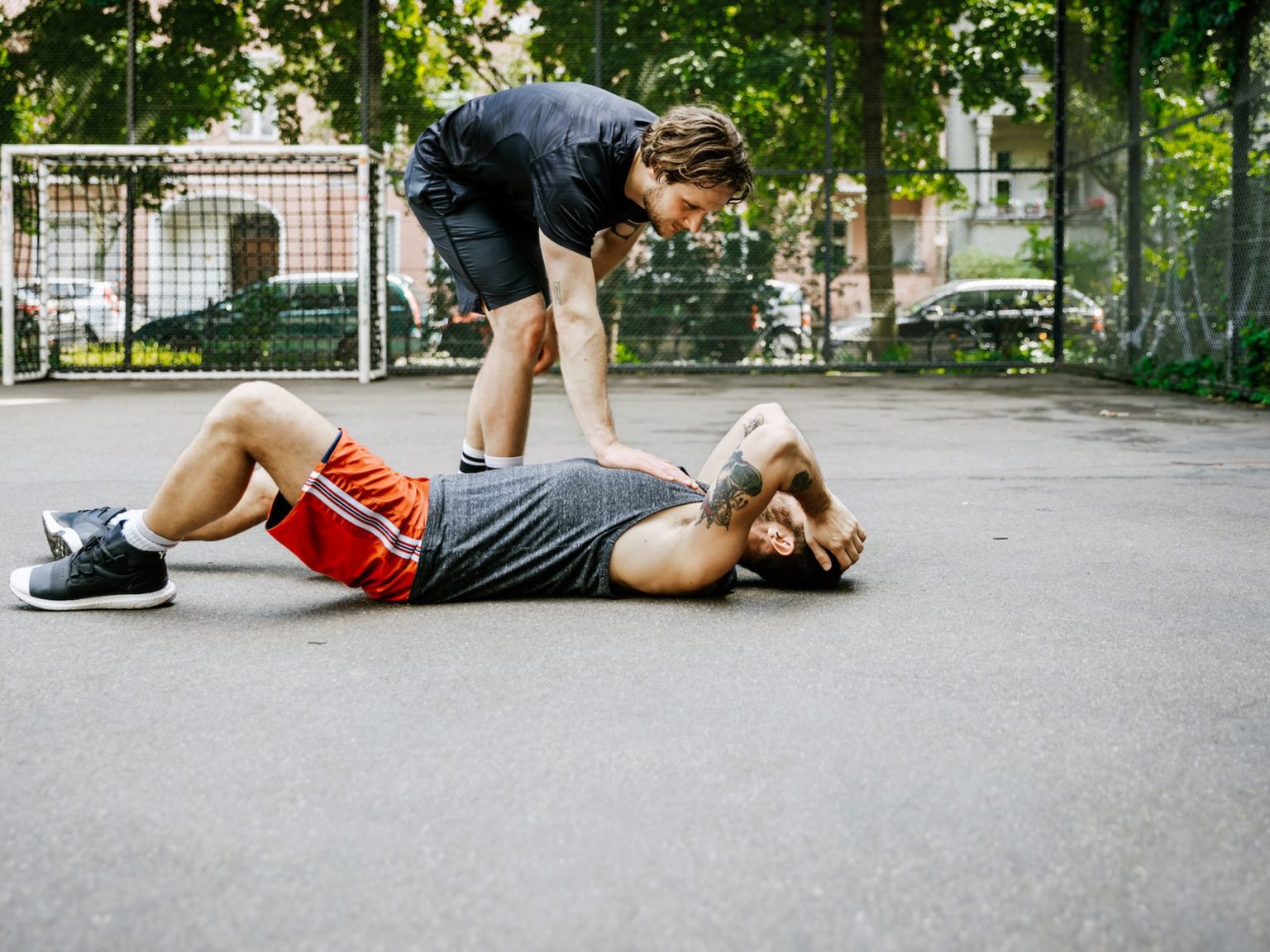
21 Mar Sports Injuries and Dislocations
Participating in sports is a great way to stay in good physical shape while having fun. Whether you hit the gym for weightlifting after work or join a recreational sports league, staying active should be a priority for anyone who hopes to keep their health as they move through the years.
Unfortunately, sports can also be dangerous. Sports injuries are common. Some are minor, requiring minimal care to treat, while others are more severe.
In this article, we’ll focus on dislocations, what they are, how to prevent them, and what to do if you experience a dislocation during sports.
You may wonder: Are there any high-quality providers of sports medicine near me that could help in the event of a dislocation? In the event of a dislocation, contact Premier Chiro, the best provider of sports medicine El Segundo has to offer.
What Is a Joint Dislocation?
Normally, to bones that share similar biomechanical functions are joined together at pivots called joints. Common examples of joints include the knees, hips, shoulders, fingers, and toes. Dislocations are sometimes alternatively called “luxations.”
Most joint dislocations are caused by high impact traumas such as falls or collisions.
Joint dislocations are common in sports, especially contact ones. The most common joints that athletes dislocate on the field or the court are the:
- Shoulders.
- Fingers.
- Toes.
- Knees.
- Elbows.
What Are the Symptoms of Joint Dislocations?
Most dislocations are easy to spot. The telltale signs of joint dislocations include:
- Intense pain in the affected joint.
- Inflammation (swelling).
- Visible abnormality in the connection.
- Inability to move the affected joint.
Some dislocations are more obvious than others. In any case, you should seek medical care to prevent further damage and ensure proper healing of the joint.
How Are Joint Dislocations Treated?
If you experience a dislocation, immediately ice the injury to prevent runaway inflammation. Keeping the joint elevated as much as possible can help as well.
Once you reach a sports medicine provider, the first step in the treatment of a joint dislocation is to reset the bones to their proper positions. This is called clinical manipulation in the sports medicine field.
Secondly, the joint may be immobilized with a cast or sling. Keeping the joint still while it heals is important. The provider may also dispense medication to facilitate proper healing.
The next phase of recovery involves physical therapy, if needed. Physical therapy regimens for dislocations vary depending on the location of the injury. An experienced chiropractor is trained in the therapeutic management of dislocation injuries.
Although physical therapists’ and chiropractors’ work differ in important ways, they share overlapping roles in treating sports injuries.
Dislocations are usually treatable with rest and therapy. In some extreme cases, especially if tissue damage is present, surgery may be recommended. to protect long-term functionality of the joint.
However, you should exercise caution when surgery is recommended. There is good evidence that, in many cases, injured joints heal on their own just as well as they would with surgery.
The Bottom Line on Joint Dislocations in Sports
We’ve helped countless patients in the greater LA area recover full functionality of their injured joints. We are the best provider of sports medicine El Segundo residents can take advantage of. Contact our chiropractor in El Segundo today!


